

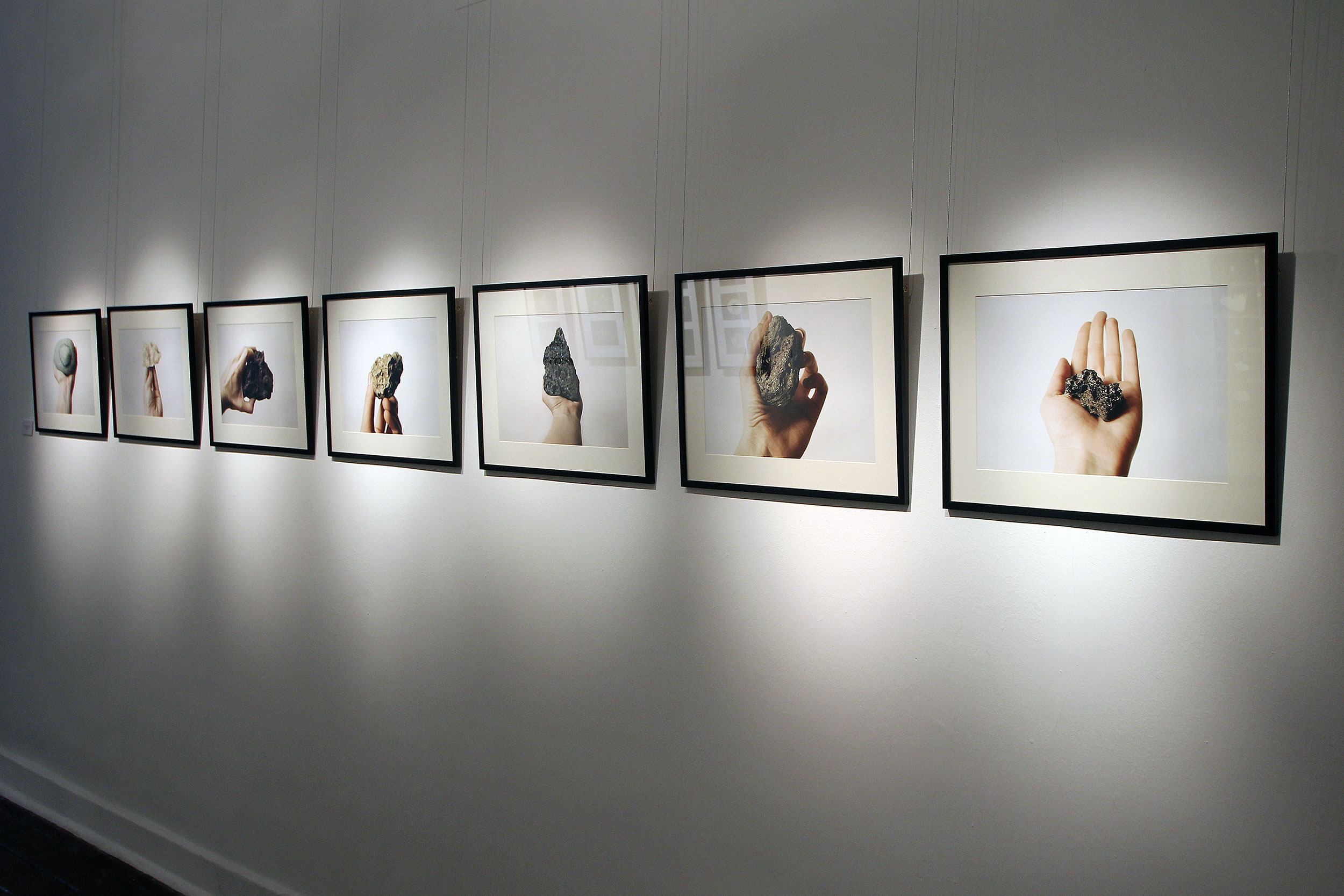


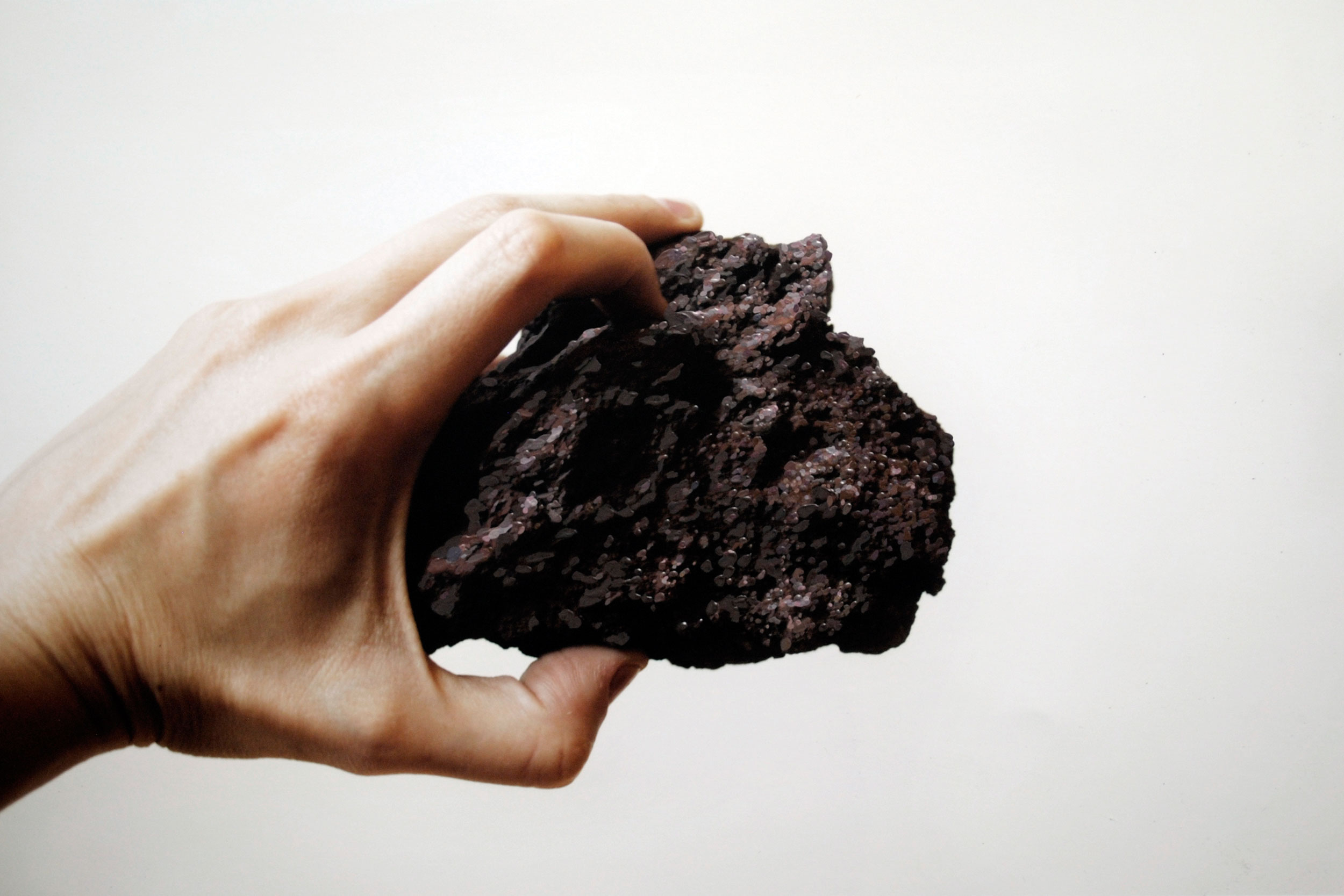

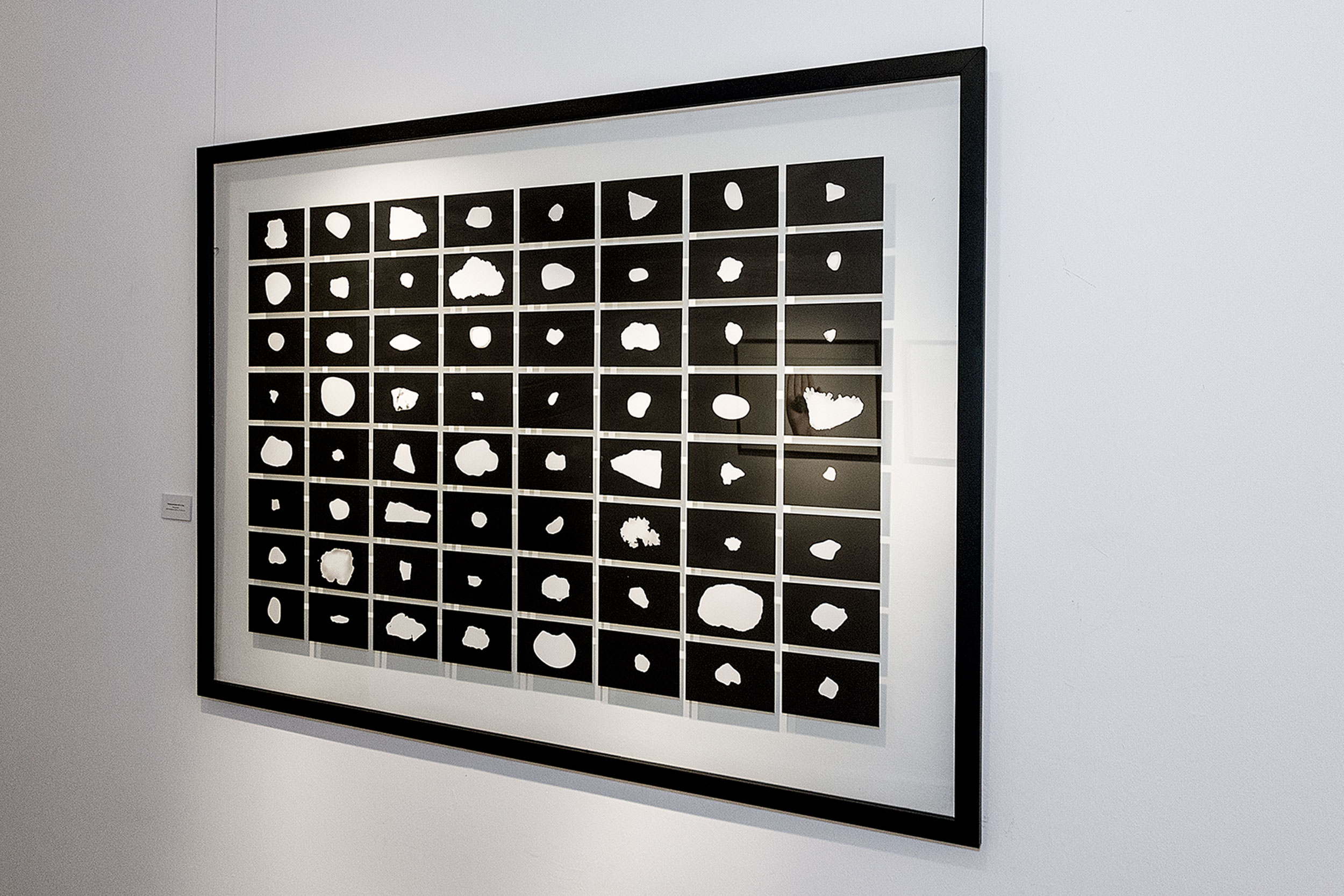






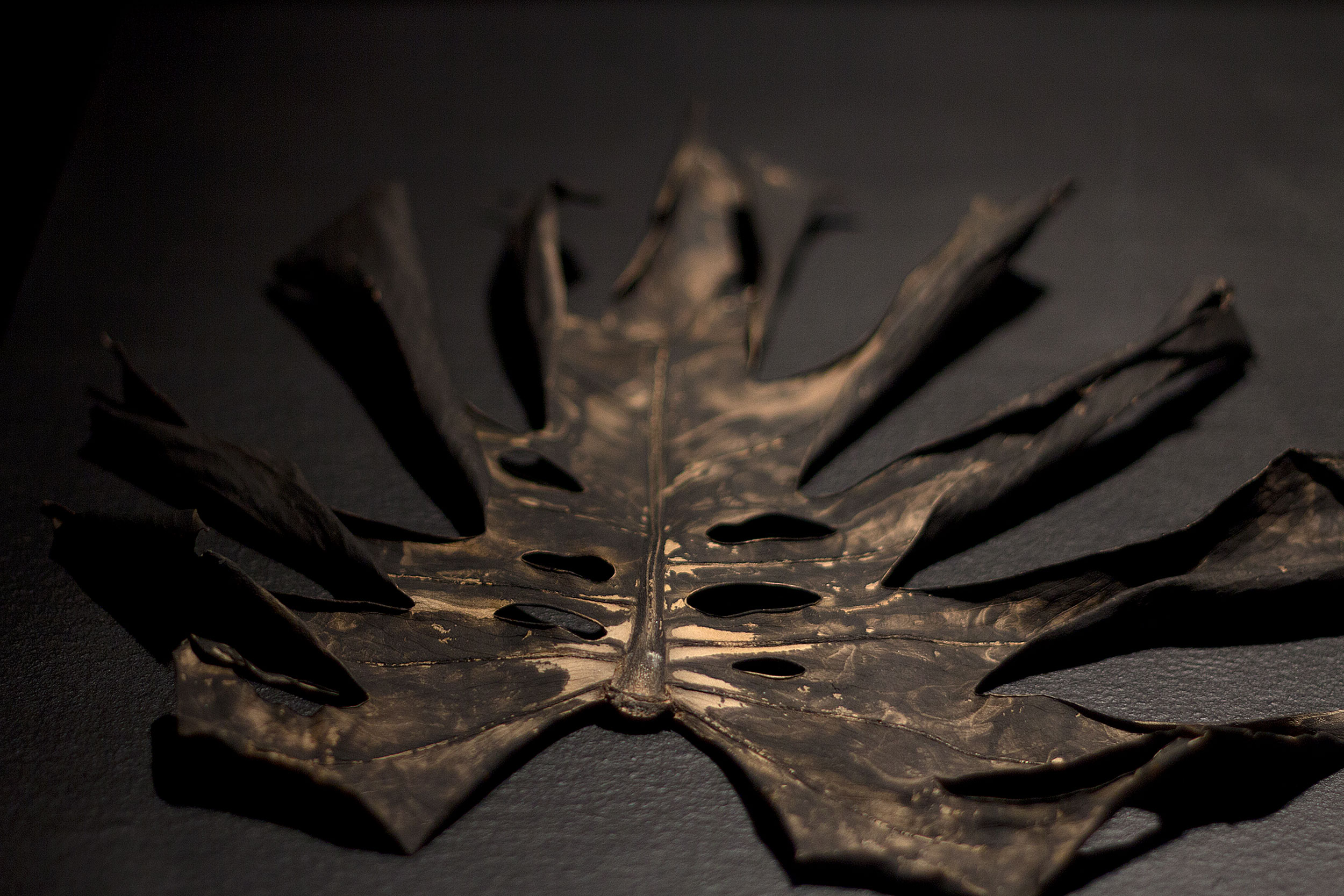
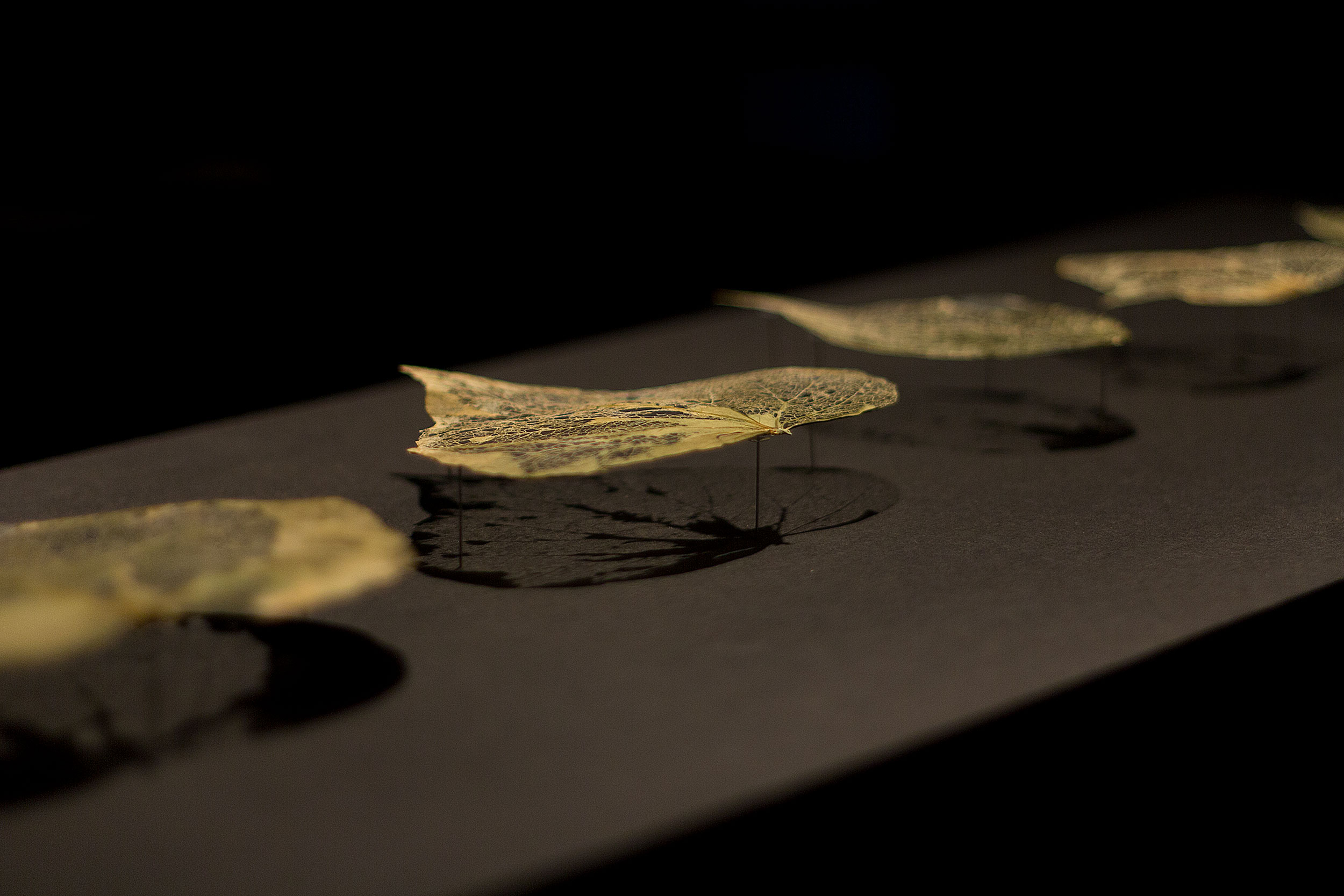
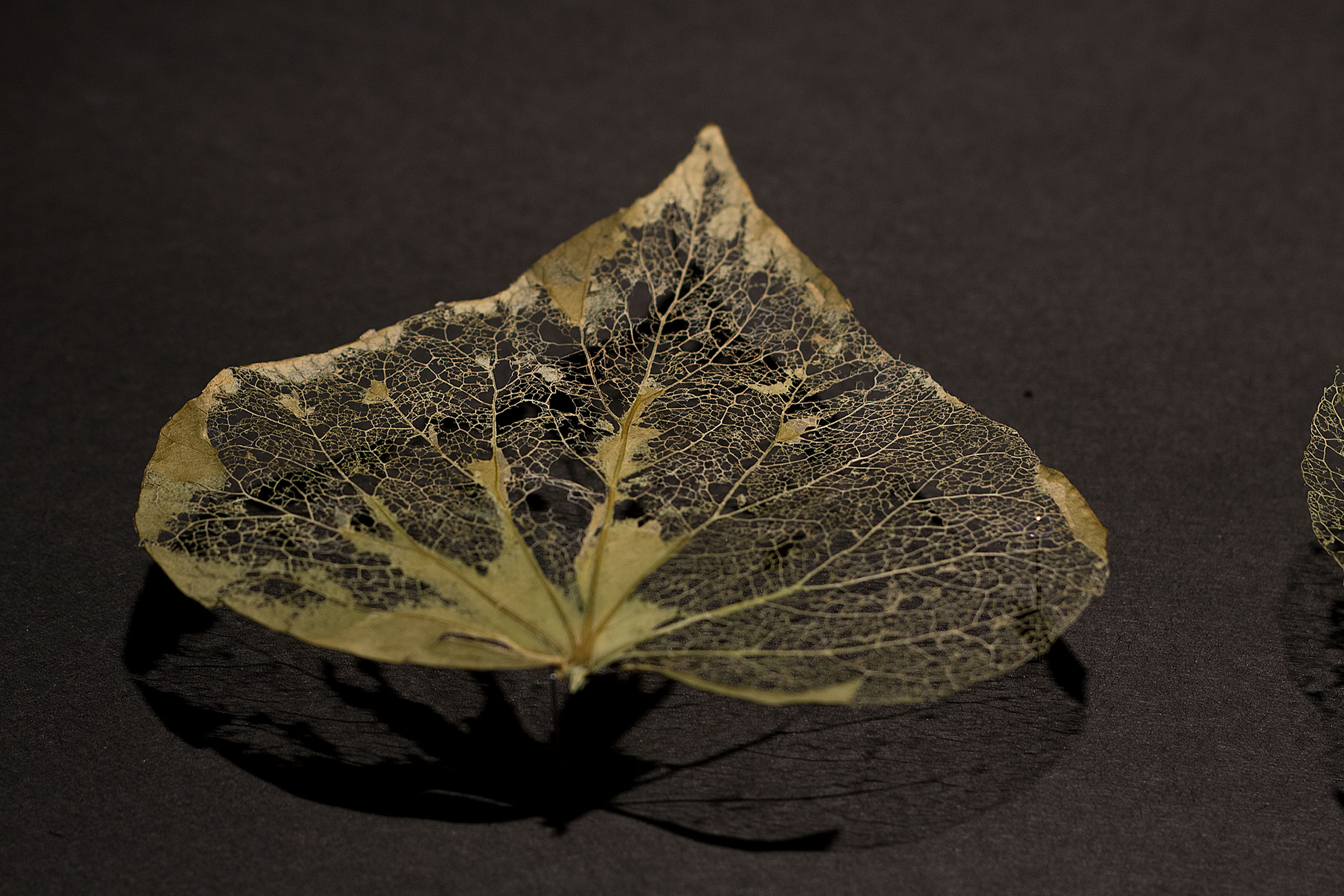




To observe through stones and vegetables
Las Condes Cultural Corporation, Chile.
2016
Research on the mineral and vegetable kingdom as one and the same thing. Collection and observation as a methodology. Studying objects with different techniques, is to expand the notion of what is seen and blur the boundaries between one thing and another, between the possibly living and the dead.
Perimeters.
"We are - as far as we know - the only thing in the Universe that is self-conscious" poet Mark Strand tells us in his meditations on the artist's task of becoming a witness of existence. "We might even be the form that assumes the consciousness of the Universe. We may have come into being so that the Universe can see itself... It is such an exceptional and fortunate accident that we are born that we are almost compelled to pay attention." Susan Sontag articulated the same idea at the end of her prolific and valuable existence: "To be a moral human being is to pay - to feel compelled to pay a certain form of attention." [1]
Having just read these words I couldn’t help but associate them with the work Sofia Nercasseau presents in this exhibition. Her thing is nature, she builds her work from elements she collects from nature, but not in the manner of the nineteenth-century naturalists who collected unknown species to analyze them and inscribe them in the plane of cumulative knowledge, but rather from the intuition that her simple discoveries can explain the complexity of our environment, that the textures, cavities and protuberances of her objects allude to the topography of vast geographies, beyond what we can see on the horizon, even beyond what we can assume past it. That, in the end, the irregular edges of these objects summarize the perimeters of the Universe.
Through the leaves and stones she chooses and the simple interventions to which she submits them, Sofia Nercasseau lets us understand that the imperfection of our sensitive perception is the guideline, while the perfectionist aspiration of our mind is nothing more than an inveterate error. The following process of removing leaves from trees and then restoring them through an image constitutes a ritual of reverence while at the same time illuminates the meaning of life, since it reveals to us that spiral which always returns but never touches again, which returns without repeating itself so that life continues in the displacement of its never-ending curve. The images of the stones are also effects of light, weightless silhouettes, tactile mirages for the eye to suppose them where they are no longer.
In Sofia Nercasseau's works, photography consumes the illusion while offering us the evidence that we know nothing, although we can try. Her two-dimensional option provides a simple regulation to try to apprehend the volume from our impossibility of touching it, even while allowing us to perceive the absence of a stone through its shadow in flight. As a counterpoint to this opacity, there are photographs of leaves in which they themselves are the negatives through which light imprints the illusion of their existence.
Sofia Nercasseau's collections arise from a state of alertness congenital to her artistic vocation, from the dedicated attention she pays to everything that passes in front of her as an opportunity to understand the immeasurable. Like an apprentice turned demiurge, he tells us that what we see is not necessarily what exists, since in everything we see what we think we see, and a few times what we want to see, but never what we can see, which understood in this way would seem not to exist. In this way, from simple exercises with peripheral particles, the artist allows us to access essential facts of the Universe and, in turn, allows the Universe to see itself through us. Sofia Nercasseau involves us in the consciousness of the Universe when she allows the rigor of her work to emerge from spontaneity: as in the brief brushstrokes with which she exalts as well as conceals the physiognomy of a stone.
Mario Fonseca.
[1] Paragraph extracted from Brain Pickings June 5, 2016, Maria Popova editor.